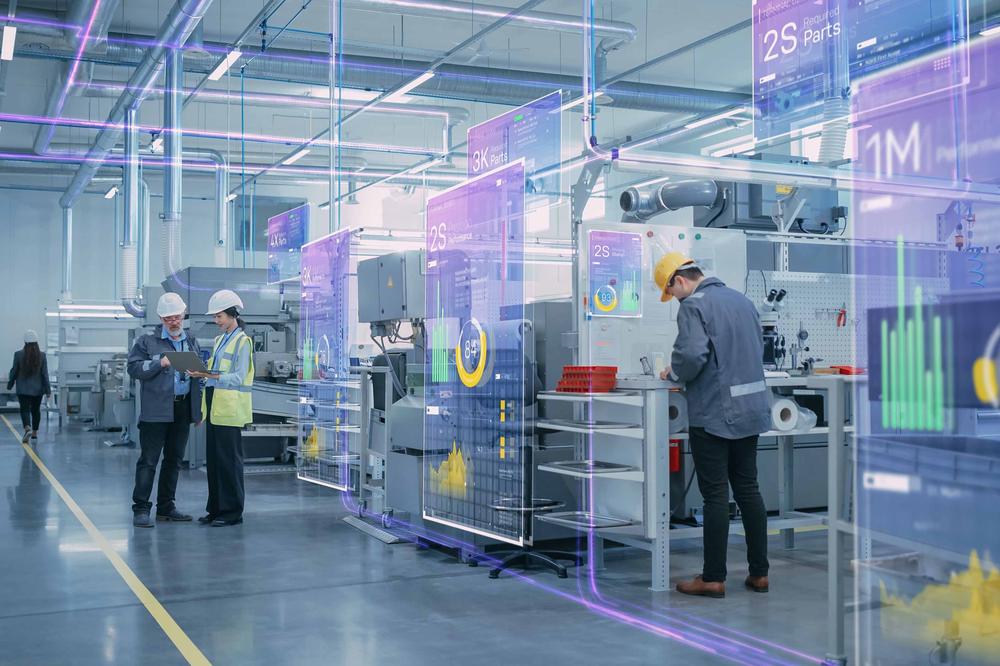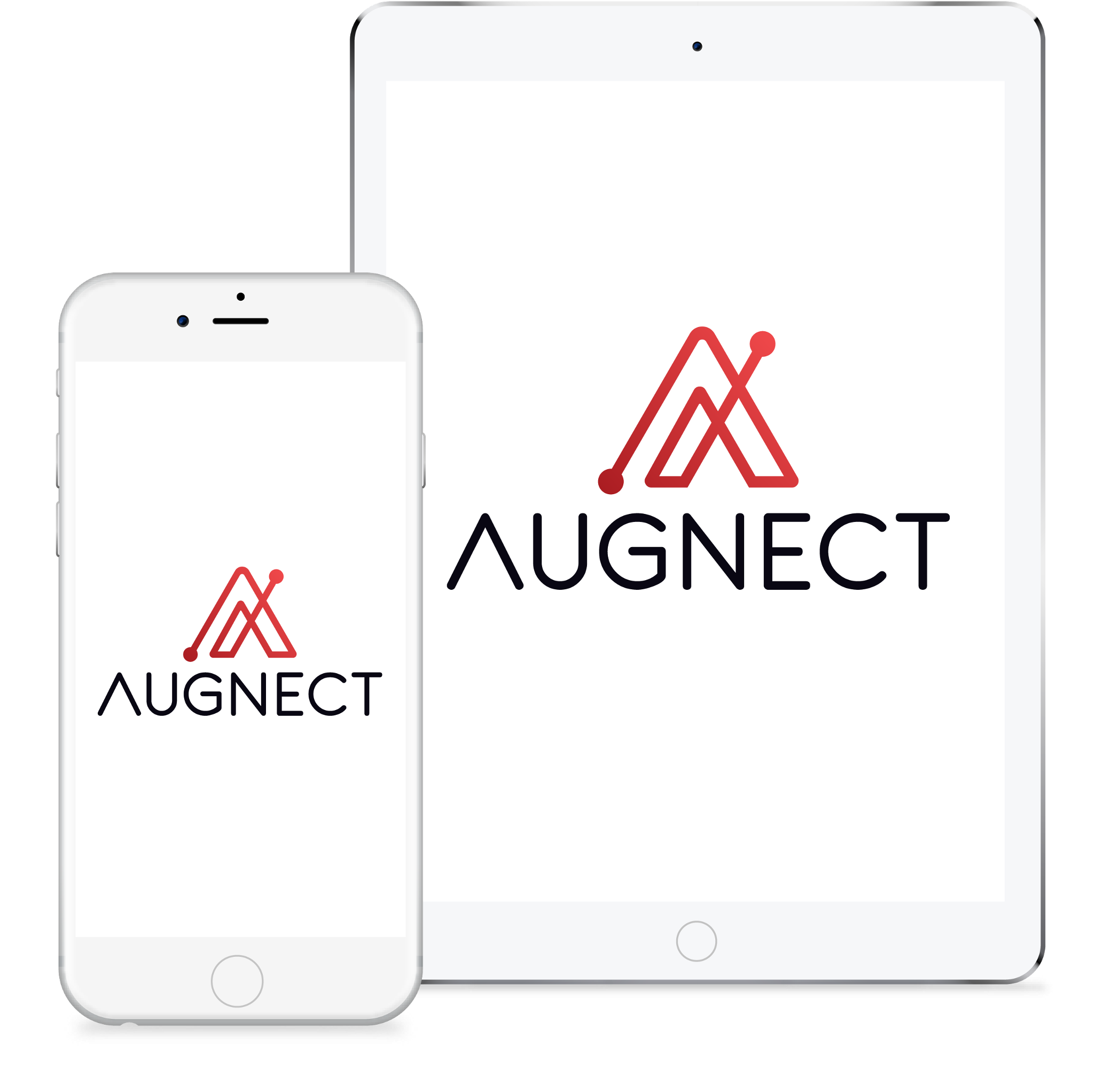
The B2B platform for the best purchasing descision. Identify and compare relevant B2B manufacturers, suppliers and retailers
Close
Filter
Result configuration
Continents
Select continent
Locations
Result types
Company type
Select company type
Industries
Select industry
Company status
Select company status preset
Number of employees
Min.
Max.
Founding year
SECO Mind
Milpitas, United States
B
11-50 Employees
2018
Key takeaway
StudioX offers a comprehensive range of AI technologies, including self-supervised learning, which is essential for empowering businesses to harness the full potential of artificial intelligence.
Reference
Core business
AI as a Service - Secomind.ai
Empowering Businesses by Harnessing the Power of AI Self-supervised Learning Explainable AI Edge AI Deep Learning Augmented Reality Deep Forgetting Incremental Learning Conversational AI Anomalies Forecast We unlock the potential of your business with artificial intelligence VendingMind Dec 13, 2022 Smart Sprayer Dec 13, 2022 Worker Safety Dec 13, 2022 Plug Into Your Audience Dec
RocketML
Beaverton, United States
B
11-50 Employees
2017
Key takeaway
RocketML technology enables insurance companies to enhance their automation through a self-supervised learning platform that requires only 5-10% of labeled data, significantly reducing costs and time. This capability allows for the development of autonomous applications that can make predictions and detect anomalies efficiently.
Reference
Core business
Home - RocketML
Purpose built for End to End High Performance Machine Learning Contact Experience the power of HPC Self Supervised Learning 1 % Labels Achieve accuracies with only 5-10% of labels; save cost, time and improve automation Large scale Image Segmentation 0.001 b Parameter Achieve better accuracies with Large DNN Models without any custom infrastructure work ScientificML […]
AI Summer
Athens, Greece
B
1-10 Employees
2020
Key takeaway
The company is dedicated to organizing and simplifying deep learning information, which could be relevant for understanding self-supervised learning within the broader context of AI. Their mission to bridge the gap between researchers and the public may facilitate access to comprehensive resources on advanced AI concepts.
Reference
Product
Software | AI Summer
Learn about software enginnering pracices related to Machine Learning
Looking for more accurate results?
Find the right companies for free by entering your custom query!
25M+ companies
250M+ products
Free to use
Technologies which have been searched by others and may be interesting for you:
A selection of suitable products and services provided by verified companies according to your search.

Product
Augnect App
Go to product
Self-supervised learning is a machine learning paradigm that leverages unlabeled data to create supervisory signals automatically. This approach is particularly useful in scenarios where obtaining labeled data is expensive or time-consuming. By generating labels from the data itself, self-supervised learning can enhance the model's understanding of the underlying structure and features within the dataset. In practice, self-supervised learning often involves tasks such as predicting missing parts of data or reconstructing an input from a corrupted version. This method allows models to learn useful representations without the need for extensive human annotation, making it a powerful tool for various applications, including natural language processing and computer vision.
Self-supervised learning is a method where a model learns from unlabeled data by generating its own labels from the data itself. In contrast, supervised learning relies on labeled datasets, where each training example is paired with an output label provided by human annotators. In self-supervised learning, the model typically creates tasks from the data, such as predicting a portion of the input from other portions, which allows it to learn useful representations without explicit labels. This approach can significantly reduce the amount of labeled data needed while still achieving competitive performance in various tasks.
1. Reduced Labeling Costs
Self-supervised learning minimizes the need for labeled data, significantly lowering the costs and time associated with data annotation. By leveraging large amounts of unlabeled data, it enables models to learn useful representations without extensive manual labeling efforts.
2. Improved Generalization
This approach enhances the model's ability to generalize to unseen data. By training on diverse datasets, self-supervised learning captures a wider range of features, leading to better performance on various downstream tasks. This adaptability is crucial in dynamic environments where data distributions can change.
3. Enhanced Performance with Limited Data
Self-supervised learning techniques can improve model performance even when labeled data is scarce. By extracting valuable information from unlabeled datasets, models can learn robust features that help in tasks like image classification or natural language processing, where labeled examples might be limited.
4. Flexibility Across Domains
The versatility of self-supervised learning allows it to be applied across different domains, including computer vision, natural language processing, and audio analysis. This adaptability makes it a valuable tool for various applications, facilitating innovation in multiple fields.
1. Natural Language Processing
Self Supervised Learning is widely used in natural language processing for tasks such as language modeling, sentiment analysis, and text classification. By training models on large amounts of unlabeled text data, these models can understand context, grammar, and semantics without needing extensive labeled datasets.
2. Computer Vision
In the realm of computer vision, Self Supervised Learning aids in object detection, image segmentation, and facial recognition. Models trained using this approach can learn visual features and patterns from images without requiring labeled examples, enabling them to generalize better to unseen data.
3. Recommendation Systems
Self Supervised Learning enhances recommendation systems by allowing them to learn user preferences and item characteristics from interactions and behaviors. This method improves the ability of systems to suggest relevant content or products, even when labeled data is scarce.
4. Robotics
In robotics, Self Supervised Learning enables robots to learn from their interactions with the environment. By observing and predicting outcomes of their actions, robots can improve their decision-making and adaptability in complex tasks without explicit supervision.
5. Medical Imaging
Self Supervised Learning is increasingly applied in medical imaging for tasks like disease detection and image classification. By leveraging large datasets of unlabeled medical images, these models can learn to identify anomalies and assist in diagnostics, improving healthcare outcomes.
Self-supervised learning enhances model performance by leveraging large amounts of unlabeled data to learn useful representations. This approach allows models to create their own supervisory signals from the data itself, thus reducing dependence on labeled datasets, which can be costly and time-consuming to obtain. By pre-training on various tasks, such as predicting parts of the input data based on other parts, models can develop a deeper understanding of the underlying data structure. As a result, they often perform better on downstream tasks, as they are trained to recognize patterns and features that may not be immediately obvious in a supervised setting. This leads to improved accuracy and generalization capabilities in various applications, from natural language processing to computer vision.
Some interesting numbers and facts about your company results for Self Supervised Learning
| Country with most fitting companies | United States |
| Amount of fitting manufacturers | 2 |
| Amount of suitable service providers | 1 |
| Average amount of employees | 11-50 |
| Oldest suiting company | 2017 |
| Youngest suiting company | 2020 |
20%
40%
60%
80%
Some interesting questions that has been asked about the results you have just received for Self Supervised Learning
What are related technologies to Self Supervised Learning?
Based on our calculations related technologies to Self Supervised Learning are Big Data, E-Health, Retail Tech, Artificial Intelligence & Machine Learning, E-Commerce
Which industries are mostly working on Self Supervised Learning?
The most represented industries which are working in Self Supervised Learning are IT, Software and Services
How does ensun find these Self Supervised Learning Companies?
ensun uses an advanced search and ranking system capable of sifting through millions of companies and hundreds of millions of products and services to identify suitable matches. This is achieved by leveraging cutting-edge technologies, including Artificial Intelligence.